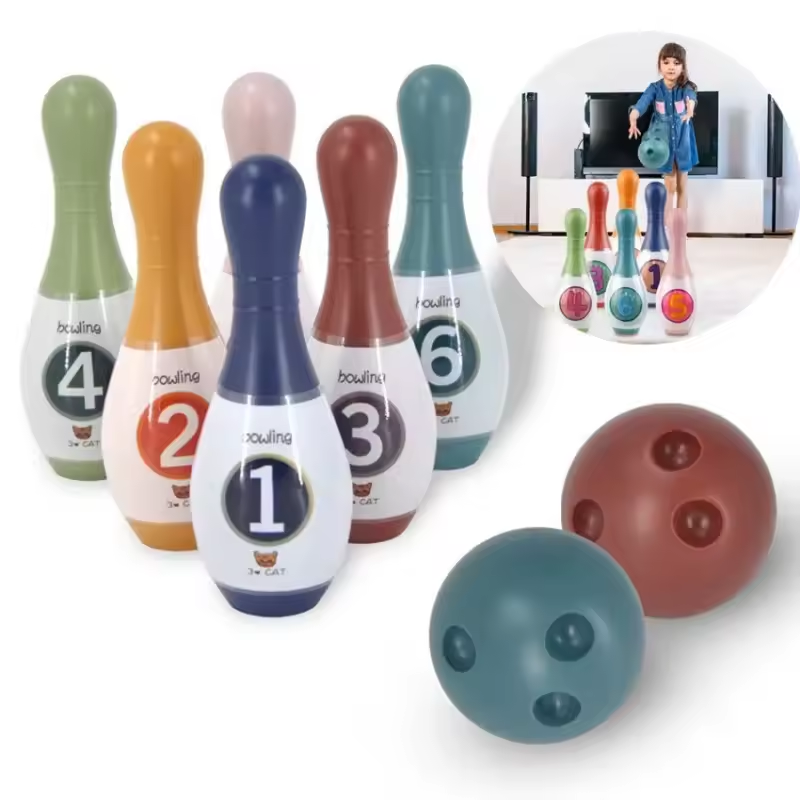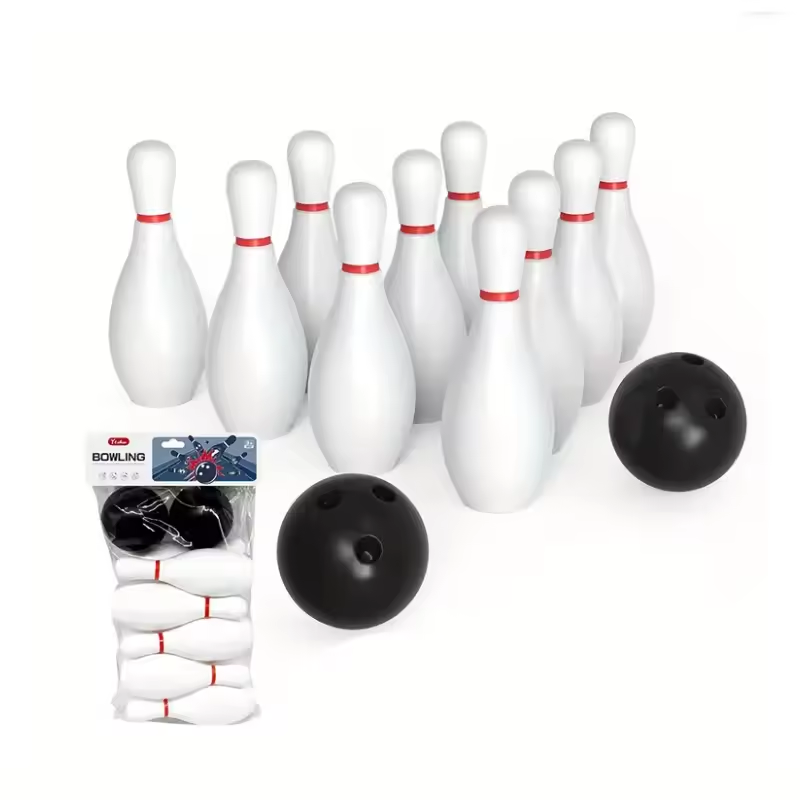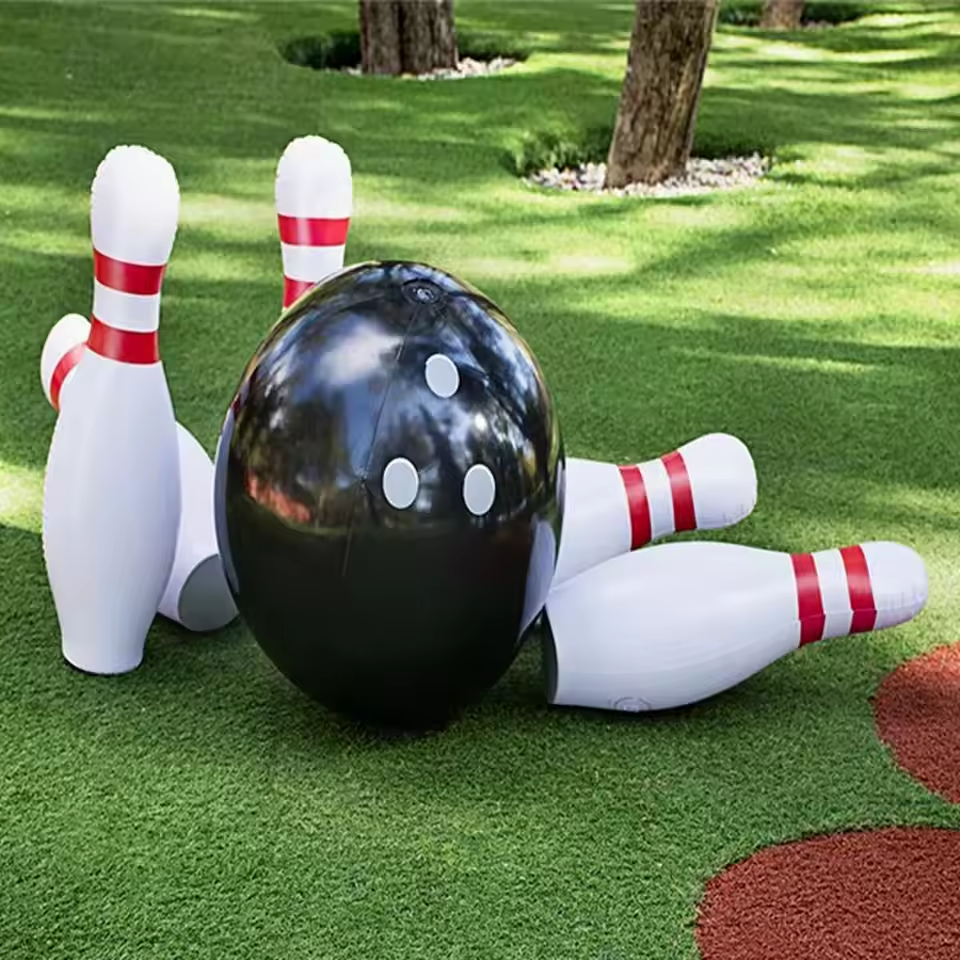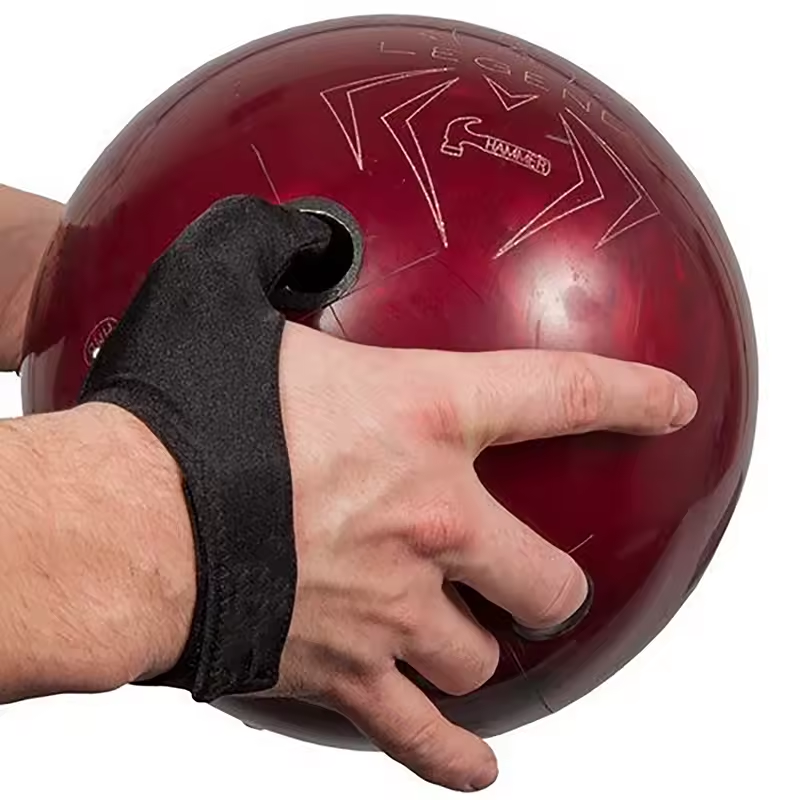Introduction: The Bowling Ball’s Evolution and Importance
The bowling ball is the sport’s most critical tool, a seamless blend of physics, engineering, and personal preference. Over the past century, it has evolved from a simple wooden sphere to a high-tech marvel designed to conquer even the trickiest lane conditions. Whether you’re aiming for a perfect game or breaking a personal record, understanding the science behind this tool—and how to wield it effectively—is essential.
Modern bowling balls are crafted with precision, featuring advanced materials like reactive resin, urethane, and particle coverstocks, alongside complex core geometries. This guide will demystify every aspect of the sport’s cornerstone:
- How to choose the perfect ball based on your skill level and lane conditions.
- Advanced techniques like how to curve a bowling ball for maximum pin action.
- Maintenance strategies to keep your ball performing at its peak.
- Troubleshooting common pitfalls and mastering advanced tactics.
By the end, you’ll transform from a casual bowler to a strategic player capable of dominating the lanes with precision and confidence. Let’s begin with the basics—and then go beyond.

The Anatomy of a Bowling Ball: Materials, Cores, and Performance
Every bowling ball is engineered with three key components: the coverstock, core, and weight block. Understanding these elements allows you to select the ideal ball for your style.
2.1 Coverstock: The Ball’s Exterior
The coverstock determines how the ball interacts with the lane’s surface. Key types include:
-
Plastic (Polyester)
- Pros: Affordable, durable, and consistent on dry lanes. Ideal for beginners.
- Cons: Minimal hook potential; struggles on oily surfaces.
- Example Use Case: Casual bowlers or low-oil practice lanes.
-
Urethane
- Pros: Balances hook and control, offering predictable performance.
- Cons: Less aggressive than modern materials.
- Ideal For: Intermediate bowlers on medium-oil patterns.
-
Reactive Resin
- Pros: Aggressive hook potential; grips oily and dry lanes alike.
- Cons: Requires skill to control; wears more quickly.
- Expert Choice: Competitive players relying on sharp hooks.
-
Particle/Composite
- Pros: Adds texture to the coverstock, enhancing traction on heavily oiled lanes.
- Cons: Overpowering for beginners; requires lane analysis.
- Best For: Professional bowlers in tournaments.
2.2 Core Design: The Heart of the Ball’s Dynamics
The core (or weight block) dictates the ball’s motion. Two main categories exist:
- Symmetric Cores: Ideal for versatile bowlers who need consistency in straight and curved shots.
- Asymmetric Cores: Creates sharp hooks but demands precise release techniques.
2.3 Weight and Diameter: Matching Your Strength and Style
- Weight: Start with 10% of your body weight as a baseline. Adjust based on strength and lane conditions (lighter for control, heavier for power).
- Diameter: Most balls measure 8.5–8.6 inches. Larger sizes (up to 8.7 inches) are used by professionals for increased pin action.
 How to Curve a Bowling Ball: Technique, Drills, and Common Mistakes
How to Curve a Bowling Ball: Technique, Drills, and Common Mistakes
The ability to how to curve a bowling ball is a hallmark of advanced players. This shot allows you to hit tough angles, split pins, and adjust to varying lane conditions. Here’s a step-by-step breakdown:
3.1 Setup and Approach
-
Stance and Alignment
- Stand with feet shoulder-width apart, knees slightly bent. Align your body toward the target pin (e.g., the 1st pin for right-handed bowlers).
- Use the 3rd arrow (right of center) as an intermediate target for maximum hook potential.
-
Grip and Wrist Position
- Ensure a firm grip with fingers inserted to the second knuckle. Rotate your wrist outward as you begin your approach.
3.2 The Release: Key Mechanics
- Timing: Begin your backswing, then accelerate smoothly forward.
- Wrist Snap: At release, snap your wrist sharply downward to induce rotation. Imagine “throwing a frisbee” to create a pronounced hook.
- Follow-Through: Extend your arm fully toward the target, keeping your eyes focused on the pins.
3.3 Adjusting for Lane Conditions
- Oily Lanes: Start closer to the center of the lane to initiate the hook earlier. Use a reactive resin or particle ball for grip.
- Dry Lanes: Move your starting position farther left (for right-handed bowlers) to compensate for reduced hook.
3.4 Drills to Perfect the Curve
- Target Practice: Place tape or markers on the lane to visualize your ideal path. Focus on hitting these targets consistently.
- Slow-Motion Analysis: Record your throws to analyze wrist angle, body alignment, and release consistency.
- Weight Distribution: Experiment with lighter or heavier balls to find the sweet spot for your strength and control.
3.5 Common Mistakes to Avoid
- Over-Rotating the Wrist: Excessive wrist movement can lead to inconsistent hooks. Practice a controlled snap.
- Poor Follow-Through: Follow through ensures the ball travels in the desired arc. Stop short, and accuracy suffers.
- Ignoring Lane Changes: Monitor oil patterns mid-game. Adjust your starting position or ball choice accordingly.
Choosing the Right Ball: A Step-by-Step Buying Guide
Selecting the ideal bowling ball involves balancing your skill level, budget, and lane preferences. Follow this guide to make an informed decision:
4.1 Assess Your Skill Level
- Beginner: Opt for a plastic ball (consistent on dry lanes) or urethane for gentle hooks.
- Intermediate: Reactive resin balls offer versatility for medium-oil conditions.
- Advanced: Particle or composite balls excel on competitive, oily lanes.
4.2 Budget Considerations
- 10–30: Basic plastic balls for casual use.
- 50–100: Urethane or entry-level reactive resin balls.
- 100–300: High-performance reactive resin or asymmetric core designs.
4.3 Lane Preferences
- Dry Lanes: Plastic or urethane balls maintain control.
- Oily Lanes: Particle or reactive resin balls maximize hook potential.
4.4 Pro Shops and Custom Drilling
- Visit a pro shop for custom drilling to match your hand size and grip style.
- Ask for recommendations based on your goals (e.g., spare shots vs. strikes).
Maintenance and Care: Extending Your Ball’s Lifespan
A well-maintained bowling ball retains its performance for years. Neglect it, and you’ll notice reduced hook action, slippery surfaces, or even structural damage. Here’s how to care for it:
5.1 Post-Game Cleaning
- Immediate Steps: Wipe the ball with a dry microfiber cloth after every session to remove oil residue.
- Deep Cleaning: For stubborn stains, mix warm water with a mild detergent. Gently scrub with a soft brush.
5.2 Storage Tips
- Location: Store in a cool, dry area away from direct sunlight and heat sources. UV exposure can degrade plastics.
- Orientation: Stand the ball upright to avoid flattening the bottom surface.
5.3 Resurfacing and Restoring
- Resurfacing: Over time, the coverstock becomes scuffed. Take it to a pro shop to restore grip potential.
- Drilling Repairs: Enlarge finger holes professionally if they become uncomfortable, rather than forcing a poor fit.
5.4 Avoid Common Mistakes
- Overcleaning: Excessive scrubbing can strip protective coatings on reactive resin balls.
- Improper Storage: Avoid stacking heavy objects on top of the ball, which risks dents.
Advanced Techniques: Beyond the Basics
Once you’ve mastered fundamentals, explore these advanced strategies to dominate the lanes:
6.1 The Pendulum Swing
- Description: Swing the ball in a straight line parallel to your body, reducing lateral movement.
- Benefit: Enhances accuracy for straight shots and spare conversions.
6.2 The “Cheater” Hook
- Technique: Use a hybrid grip (two fingers in, thumb out) to increase wrist snap. Ideal for tough splits.
6.3 Lane Mapping
- Process: Analyze oil patterns to predict where the ball will hook. Adjust your approach accordingly.
- Tools: Use lane condition charts provided by alleys or competition organizers.
6.4 Power vs. Control
- Power Shots: Increase your approach speed and wrist torque for maximum force.
- Control Shots: Slow your approach to reduce skid distance and sharpen hooks.
Conclusion: Elevate Your Bowling Game Today
The bowling ball is more than a tool—it’s a testament to your dedication and skill. By mastering its selection, maintenance, and techniques like how to curve a bowling ball, you’ll unlock new levels of performance. The journey requires patience, practice, and a deep understanding of the sport’s mechanics, but the rewards are immense: strikes, spares, and personal bests await.


